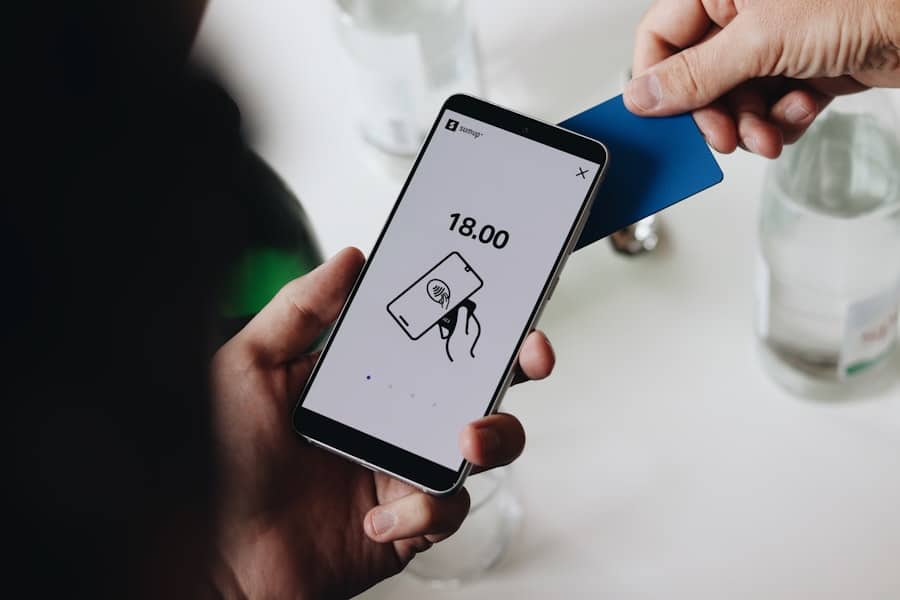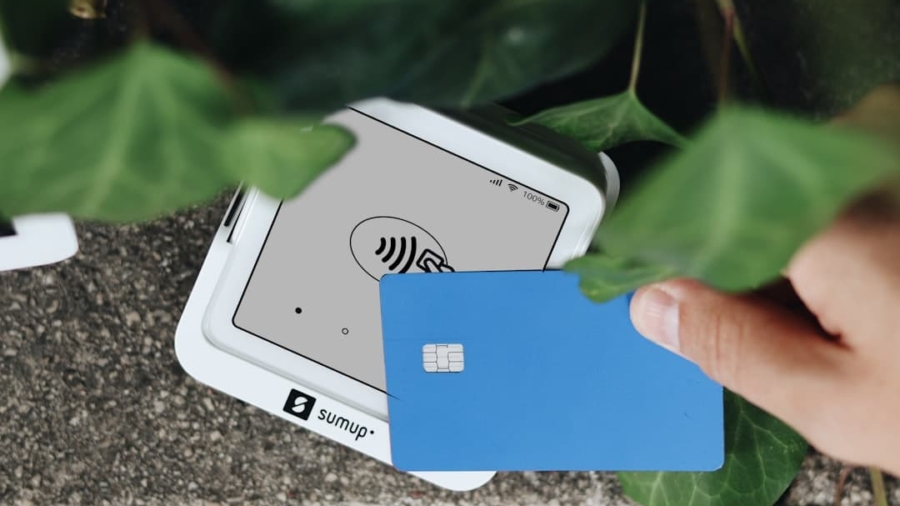In recent years, mobile payment platforms have surged in popularity, transforming the way consumers and businesses conduct transactions. This evolution can be attributed to several factors, including the proliferation of smartphones, increased internet connectivity, and a growing acceptance of digital financial solutions. As mobile technology becomes more accessible, individuals are increasingly turning to their devices for everyday transactions, from purchasing groceries to paying bills.
The convenience offered by these platforms has led to a significant shift in consumer behavior, with many preferring mobile payments over traditional cash or card transactions. The rise of mobile payment platforms is also closely linked to the rapid development of fintech companies that have disrupted traditional banking models. Companies like PayPal, Venmo, and Square have paved the way for innovative payment solutions that cater to a tech-savvy population.
In emerging markets, local players such as M-Pesa in Kenya have demonstrated the potential of mobile payments to facilitate financial transactions in areas where banking infrastructure is limited. This trend has not only changed consumer habits but has also prompted established financial institutions to adapt and integrate mobile payment solutions into their services, further solidifying the role of mobile payments in the global economy.
Key Takeaways
- Mobile payment platforms have seen a significant rise in popularity due to their convenience and accessibility.
- These platforms have the potential to provide financial inclusion for the unbanked population, allowing them to participate in the formal economy.
- The impact of mobile payment platforms on economic development is significant, as they can stimulate growth and increase financial stability.
- Overcoming barriers to financial access, such as lack of infrastructure and financial literacy, is crucial for the success of mobile payment platforms.
- Mobile payment platforms can improve access to basic services such as healthcare and education, contributing to overall societal development.
Financial Inclusion for the Unbanked Population
Overcoming Banking Infrastructure Limitations
In developing countries, where banking infrastructure is often inadequate or non-existent, mobile payment systems provide a viable solution. They enable users to store money digitally, make payments, and transfer funds with just a few taps on their smartphones.
Empowering Individuals and Facilitating Commerce
This accessibility empowers individuals to participate in the economy, facilitating commerce and enabling them to save for future needs. Mobile payment platforms have also been shown to have lower transaction fees compared to traditional banking services, making them an attractive option for low-income individuals who may be deterred by high costs associated with conventional banking.
A Cost-Effective Solution for the Unbanked
Overall, mobile payment platforms offer a cost-effective solution for the unbanked population, providing them with access to financial services that were previously out of reach. By promoting financial inclusion, mobile payment platforms have the potential to improve the lives of millions of people worldwide.
The Impact of Mobile Payment Platforms on Economic Development

The proliferation of mobile payment platforms has far-reaching implications for economic development, particularly in emerging markets. By facilitating financial transactions, these platforms contribute to increased economic activity and growth. Small and medium-sized enterprises (SMEs), which are often the backbone of developing economies, benefit significantly from mobile payments as they can easily accept payments from customers without the need for expensive point-of-sale systems.
This ease of transaction encourages entrepreneurship and stimulates local economies. Moreover, mobile payment platforms can enhance transparency and reduce corruption by creating a digital trail of transactions. In regions where cash transactions are prevalent, the lack of traceability can lead to illicit activities and hinder economic progress.
By promoting cashless transactions, mobile payment systems help create a more accountable financial ecosystem. For example, governments can leverage mobile payment data to improve tax collection and allocate resources more effectively. As a result, the integration of mobile payments into everyday commerce not only boosts individual businesses but also contributes to broader economic stability and growth.
Overcoming Barriers to Financial Access
Despite the advantages offered by mobile payment platforms, several barriers still hinder their widespread adoption among the unbanked population. One significant challenge is digital literacy; many individuals lack the necessary skills to navigate mobile applications or understand how to use digital financial services effectively. This gap is particularly pronounced among older generations and those living in rural areas where access to education and technology may be limited.
Additionally, concerns regarding security and privacy can deter potential users from embracing mobile payment solutions. High-profile data breaches and cyberattacks have raised awareness about the risks associated with digital transactions. To overcome these barriers, stakeholders must prioritize education and awareness campaigns that inform users about the benefits and safety measures associated with mobile payments.
Furthermore, enhancing security protocols within mobile payment platforms can help build trust among users, encouraging them to adopt these technologies confidently.
Mobile Payment Platforms and Access to Basic Services
Mobile payment platforms are not only revolutionizing financial transactions but also improving access to essential services such as healthcare, education, and utilities. In many developing countries, individuals often face challenges when trying to pay for services due to a lack of banking infrastructure or reliable transportation options. Mobile payments provide a convenient solution by allowing users to pay for services directly from their phones, eliminating the need for cash or physical visits to service providers.
For instance, in regions where healthcare facilities are scarce, mobile payment systems enable patients to pay for medical services or medications without having to travel long distances. This convenience can lead to improved health outcomes as individuals are more likely to seek care when they can easily manage payments. Similarly, educational institutions are beginning to adopt mobile payment solutions for tuition fees and other expenses, making it easier for families to manage their finances while ensuring that children receive an education.
The Role of Government and Regulatory Bodies in Promoting Mobile Payment Platforms

Governments and regulatory bodies play a crucial role in fostering an environment conducive to the growth of mobile payment platforms. By establishing clear regulations that protect consumers while encouraging innovation, governments can help create a stable framework for fintech companies to operate within. This regulatory support is essential for building trust among users and ensuring that mobile payment systems adhere to safety standards.
Moreover, governments can facilitate partnerships between traditional banks and fintech companies to expand access to financial services. For example, initiatives that promote collaboration between established banks and mobile payment providers can lead to innovative solutions that cater specifically to underserved populations. Additionally, public awareness campaigns can educate citizens about the benefits of mobile payments and how they can enhance their financial well-being.
By actively engaging in the promotion of mobile payment platforms, governments can help bridge the gap between the banked and unbanked populations.
Challenges and Opportunities for Mobile Payment Platforms in Reducing the Unbanked Population
While mobile payment platforms present significant opportunities for reducing the unbanked population, they also face several challenges that must be addressed. One major obstacle is the digital divide; not everyone has access to smartphones or reliable internet connectivity. In rural areas or low-income communities, limited access to technology can hinder the adoption of mobile payment solutions.
Addressing this divide requires investment in infrastructure and initiatives aimed at increasing digital literacy among underserved populations. Another challenge lies in regulatory hurdles that may stifle innovation within the fintech sector. In some regions, outdated regulations may not accommodate new technologies or business models associated with mobile payments.
To capitalize on the opportunities presented by these platforms, stakeholders must advocate for regulatory reforms that support innovation while ensuring consumer protection. By addressing these challenges head-on, mobile payment platforms can play a pivotal role in reducing the unbanked population and promoting financial inclusion.
The Future of Mobile Payment Platforms in Promoting Financial Inclusion
Looking ahead, the future of mobile payment platforms appears promising in terms of promoting financial inclusion on a global scale. As technology continues to evolve, we can expect advancements such as biometric authentication and artificial intelligence-driven financial services that will enhance user experience and security. These innovations will likely attract more users who may have previously been hesitant to engage with digital financial solutions.
Furthermore, as more people gain access to smartphones and internet connectivity improves worldwide, the potential user base for mobile payment platforms will expand significantly. This growth will create opportunities for fintech companies to develop tailored solutions that address specific needs within diverse communities. By focusing on inclusivity and accessibility, mobile payment platforms can continue to break down barriers and empower individuals who have been historically excluded from formal financial systems.
By promoting financial inclusion for the unbanked population and driving economic development, these platforms have the potential to reshape economies worldwide. However, addressing challenges such as digital literacy and regulatory barriers will be essential for maximizing their impact on reducing financial exclusion in the future.
A related article discussing how smartwatches are enhancing connectivity can be found at this link. This article explores the ways in which smartwatches are revolutionizing the way we stay connected and interact with technology on a daily basis. Just as mobile payment platforms are reducing the unbanked population by providing financial services to those without traditional bank accounts, smartwatches are improving connectivity and accessibility to information for users around the world.
FAQs
What are mobile payment platforms?
Mobile payment platforms are digital systems that allow users to make financial transactions using their mobile devices, such as smartphones or tablets. These platforms enable users to send and receive money, pay for goods and services, and manage their finances without the need for traditional banking infrastructure.
How are mobile payment platforms reducing the unbanked population?
Mobile payment platforms are reducing the unbanked population by providing access to financial services for individuals who do not have access to traditional banking. These platforms allow unbanked individuals to store, send, and receive money, pay bills, and access other financial services using only a mobile device, thus reducing their reliance on physical bank branches.
What are the benefits of mobile payment platforms for the unbanked population?
Mobile payment platforms offer several benefits for the unbanked population, including increased financial inclusion, improved access to financial services, reduced reliance on cash, and the ability to participate in the formal economy. These platforms also provide a more convenient and secure way for unbanked individuals to manage their finances and make transactions.
What are some examples of mobile payment platforms?
Some examples of mobile payment platforms include M-Pesa, Alipay, WeChat Pay, PayPal, Venmo, and Cash App. These platforms vary in terms of their features, availability, and geographic reach, but they all enable users to make digital financial transactions using their mobile devices.
What are the challenges facing mobile payment platforms in reducing the unbanked population?
Some of the challenges facing mobile payment platforms in reducing the unbanked population include limited access to mobile devices and internet connectivity, regulatory barriers, security and privacy concerns, and the need for financial education and literacy among unbanked individuals. Additionally, interoperability between different mobile payment platforms and traditional banking systems can also be a challenge.

